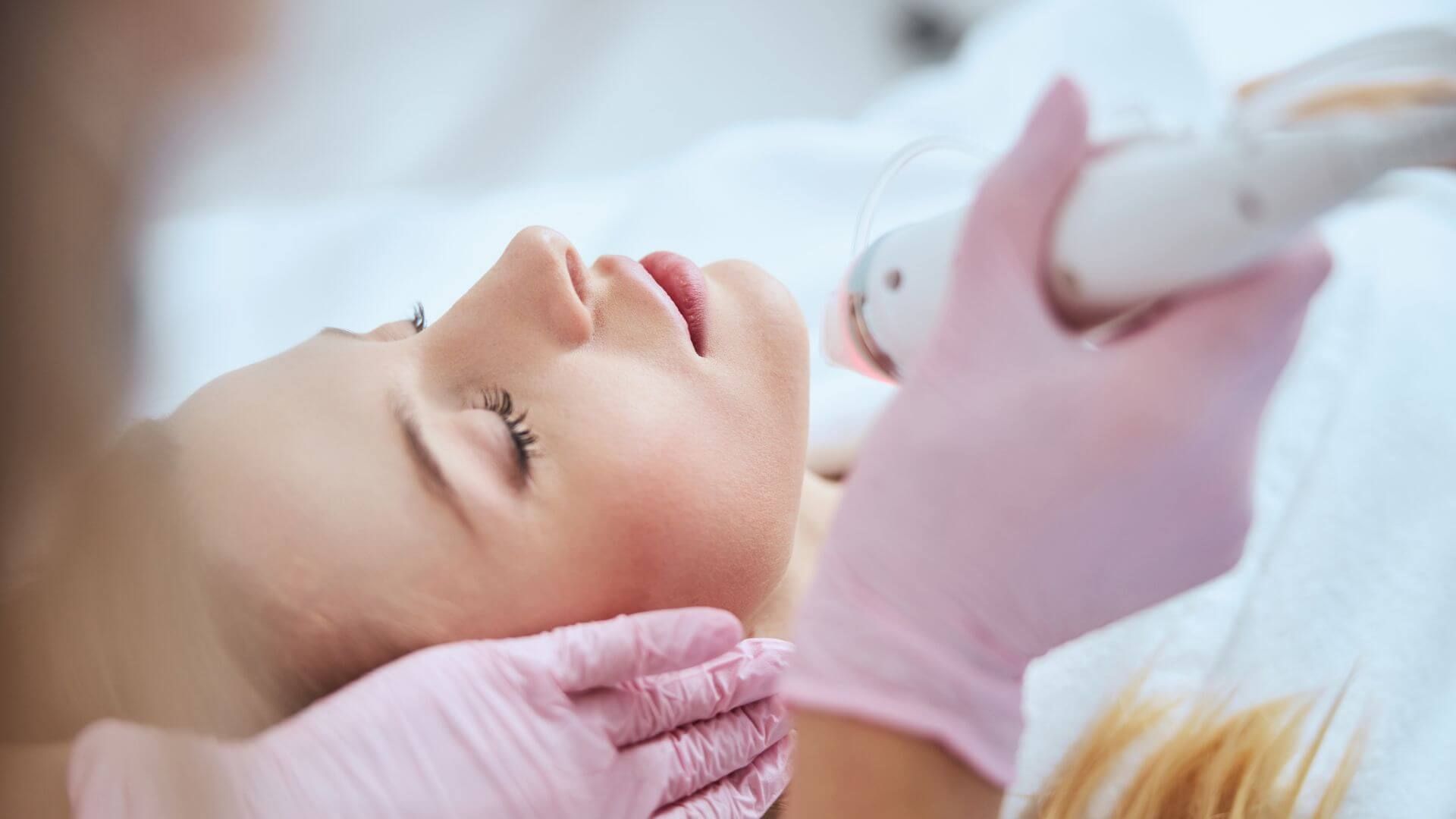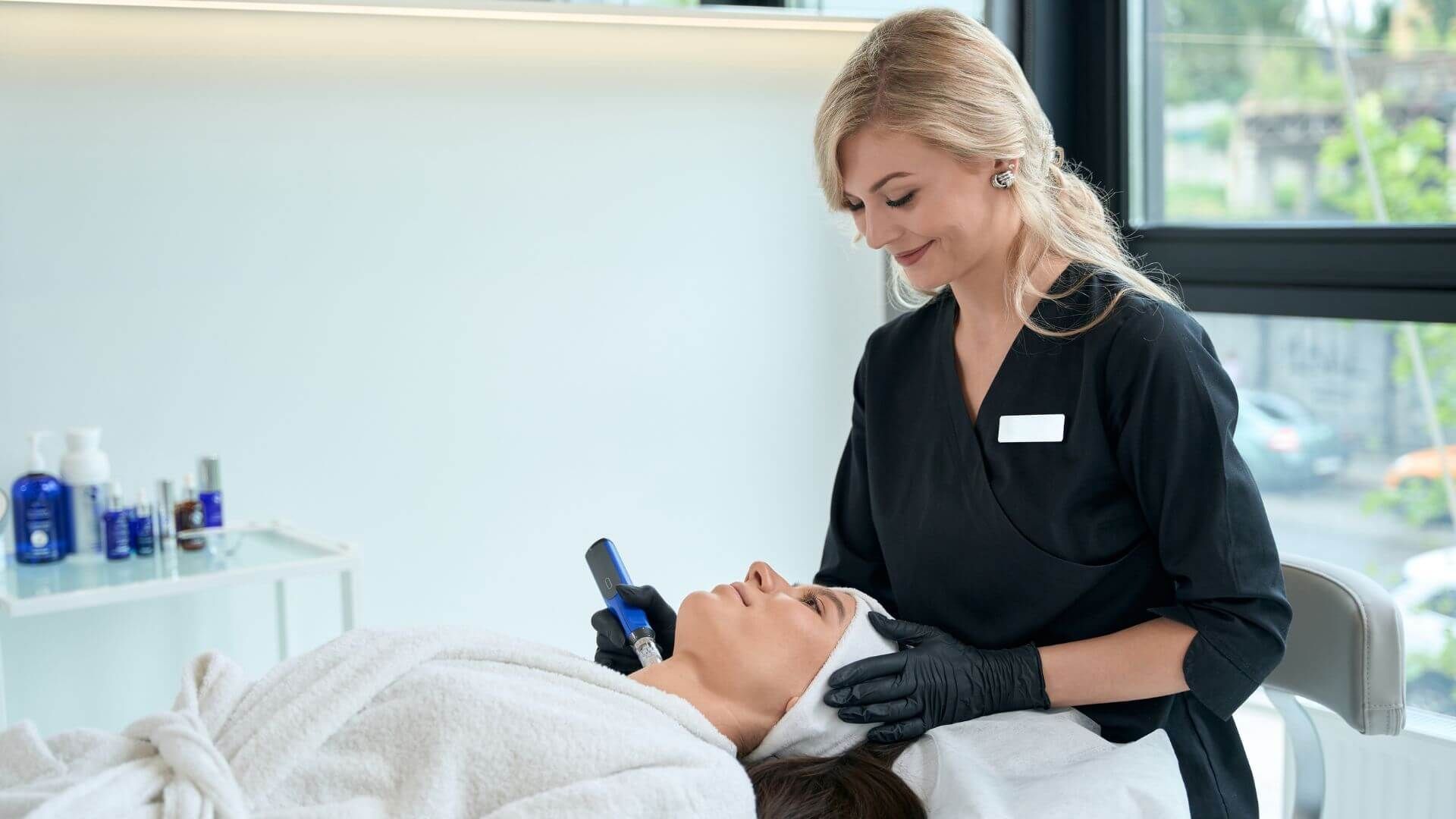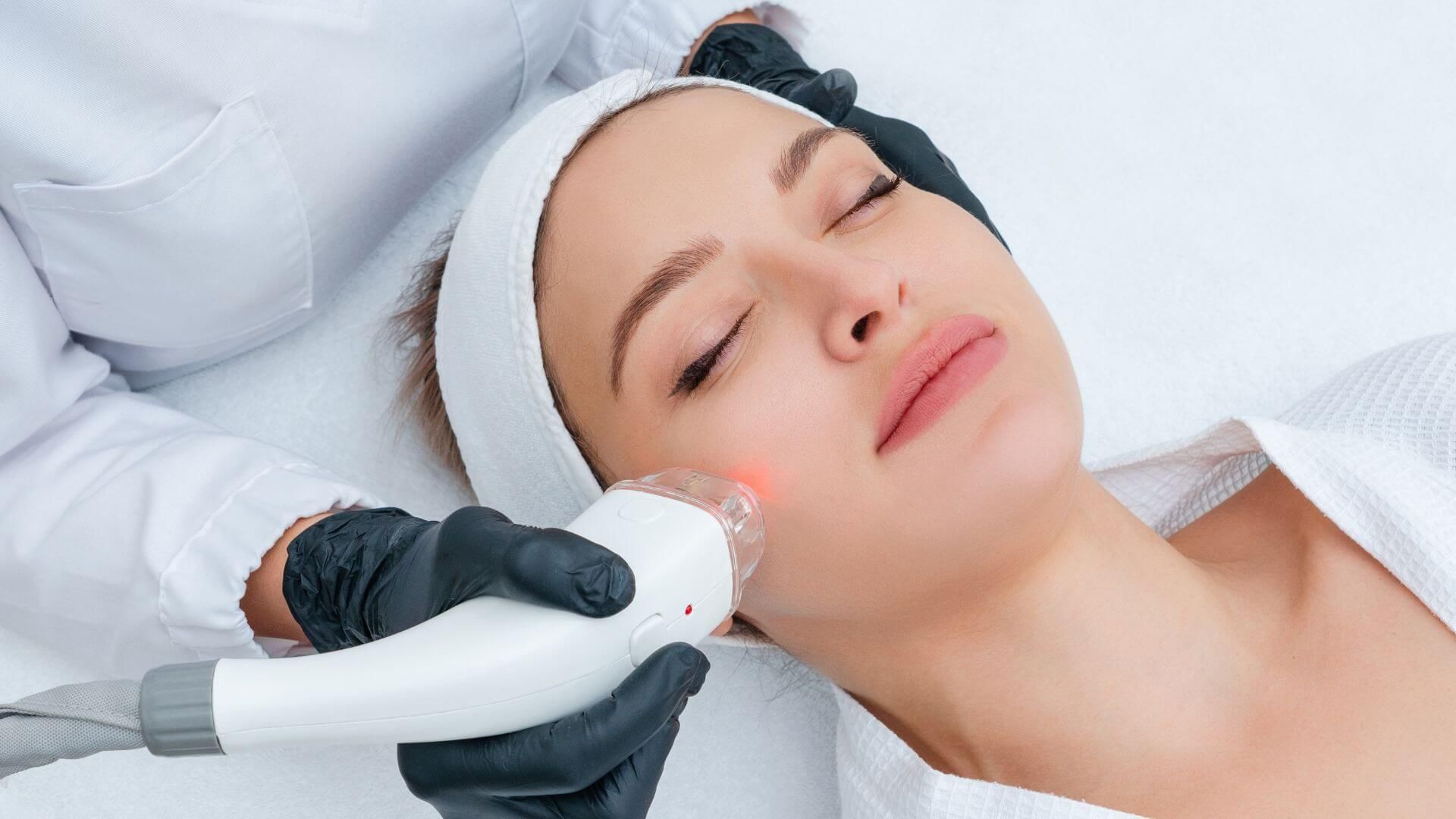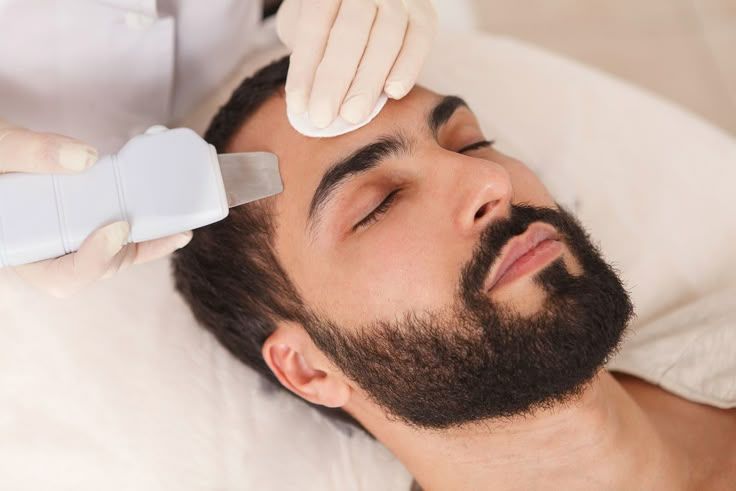Microneedling vs. Chemical Peels: Which Is Right for You
Microneedling and chemical peels are popular treatments for rejuvenating skin and addressing concerns like scars and pigmentation. Microneedling uses tiny needles to boost collagen, while chemical peels exfoliate the outer skin layers. Choosing them depends on your skin type and goals, so consult a skin care professional for the best option.
Understanding the Basics of Microneedling and Chemical Peels

What is Microneedling?
Microneedling, also known as collagen induction therapy, is a cosmetic treatment that uses tiny, fine needles to create controlled micro-injuries on the skin's surface. This process stimulates the skin's natural healing response, boosting collagen and elastin production. Microneedling can improve skin texture, reduce deep facial lines, and treat acne scars, providing a smoother and more youthful appearance. It is considered safe for various skin types, including darker skin tones, with minimal risk of hyperpigmentation.
The Science of Chemical Peels
Chemical peeling involves the application of a chemical solution to the skin, causing the outer layers to exfoliate and eventually peel off. This reveals smoother, regenerated skin beneath. Chemical peels vary in intensity from light chemical peels, which gently exfoliate to improve uneven skin tone and rough skin, to medium and deep chemical peels that treat deep scars and more severe skin issues. A deep peel, for example, can address deep facial lines and significant pigmentation problems but requires a longer recovery period and careful consideration of sun exposure post-treatment.
Choosing Between Microneedling and Chemical Peels
The choice between microneedling and chemical peels depends on several factors, including skin type, specific concerns, and desired outcomes. Microneedling is often preferred for its ability to treat acne scars and improve overall skin texture without affecting the skin’s pigment. In contrast, superficial peels or a medium chemical peel might be suitable for individuals seeking to address uneven skin tone or mild acne scars. Consulting with a dermatologic surgeon or skincare professional is essential to determine the most appropriate treatment, especially for those with sensitive or darker skin tones.
Precautions and Considerations
Both microneedling and chemical peels require careful pre- and post-treatment care. It's crucial to avoid sun exposure and protect treated skin with sunscreen to prevent further damage. Individuals with cold sores should inform their clinician, as these treatments can trigger outbreaks. Always ensure these procedures are performed by qualified professionals, such as a dermatologic surgeon, to minimize risks and achieve the best possible results.
How Microneedling Stimulates Collagen Production for Skin Rejuvenation

The Role of Microneedling in Collagen Synthesis
Microneedling treatment operates on the principle of creating controlled micro-injuries on the skin's surface, thereby stimulating its natural healing processes. This cosmetic treatment involves using a device equipped with tiny needles that puncture the outer layer of the skin, sending signals for the skin to repair itself. The subsequent collagen and elastin production helps to rebuild fibrils and fibers, smoothing out imperfections and promoting the growth of new skin. This enhanced production of collagen effectively decreases skin scars and evens out rough skin, offering a rejuvenated appearance.
Comparison with Chemical Peels
Unlike chemical peels, which use a chemical solution like glycolic acid or trichloroacetic acid to exfoliate the outer layer of the skin, microneedling does not carry the same risk of pigmentation changes or dark patches, making it suitable for a broader range of skin types. While a light chemical peel is designed for mild exfoliation and a medium chemical peel targets uneven skin tones and moderate issues, microneedling can be more effective for deeper issues without peeling away the skin. Deep chemical peels, often employing carbolic acid, are reserved for addressing deep scars and more significant damage but come with a longer recovery period.
The Healing Process
Post-microneedling, the skin heals through a natural regenerative process. The treated skin area may appear slightly red and swollen immediately after the procedure, as the body initiates healing by producing more collagen. This replenishment supports skin cohesion and elasticity, leading to visible skincare improvements over time. Unlike cosmetic surgical procedures that might have more recovery requirements, microneedling offers significant benefits as a minimally invasive option for skin rejuvenation and acne scarring treatment.
The Role of Chemical Peels in Exfoliating and Renewing Skin Layers

How Chemical Peels Work
Chemical peels serve a pivotal role in exfoliating and renewing skin layers through various strengths of chemical solutions. A medium peel, for instance, penetrates the outer and middle layers of the skin to remove damaged skin cells effectively. This type of peel can address skin concerns such as rough skin texture, mild to moderate surgical scars, and persistent pigmentation issues. The key to its exfoliating properties lies in the solution used, often containing glycolic or salicylic acid, which carefully breaks down the skin's outer layers, prompting regeneration.
The Treatment Process
Before administering a chemical peel, especially medium peels, healthcare providers may prescribe antiviral medication to prevent viral infections that can exacerbate post-inflammatory hyperpigmentation. Following the treatment, the skin typically undergoes a peeling phase over five to seven days, during which old, damaged layers shed to reveal new, healthier skin beneath. Patients should follow a medical treatment plan, including sun protection and gentle skincare, to maximize the benefits of the peel and promote optimal healing.
Risks and Considerations
While chemical peels are highly effective for various skin conditions, they come with certain risks, such as temporary or permanent changes in skin color, especially in individuals on birth control pills or those with a history of pigmentation issues. It's essential to seek an experienced professional to tailor the treatment area and ensure the peel aligns with individual skin concerns. Careful consideration of skin type and existing medical conditions will help mitigate the potential for adverse effects and ensure a safe, successful outcome.
Comparing Microneedling and Chemical Peels for Acne Scar Treatment

Effectiveness for Acne Scars
When it comes to treating acne scars, both microneedling and chemical peels offer different cosmetic procedures with distinct advantages. Microneedling is highly effective in reducing the appearance of acne scars by stimulating collagen production, making it ideal for patients with a history of scarring. This method minimizes brownish discoloration and reduces moderate lines and stretch marks by penetrating the skin's surface without the need for extensive recovery.
Treatment Sessions and Recovery
Microneedling typically requires multiple sessions, often ranging from three to six treatments depending on the severity of the acne scars and individual skin response. Patients can usually wear makeup within a day or two of each session, making it a convenient option carried out in a doctor's office. In contrast, chemical peels might require fewer sessions but involve a longer recovery time, during which the skin may develop scaly patches and a heightened sensitivity to sun exposure, particularly after a medium or deep peel.
Chemical Peels for More Surface-Level Issues
Chemical peels are better suited for surface-level concerns like dark spots, age spots, and other pigmentation issues. Peels can deeply penetrate the skin's outer and sometimes middle layer to address these concerns. However, it's important to note that they can cause a stinging sensation and may not be suitable for everyone, especially those with a family history of pigmentation changes or sensitive skin. A skin care professional might prescribe medication before the procedure to mitigate risks associated with chemical peels.
Risks and Suitability
Both microneedling and chemical peels require consideration of individual skin type, existing conditions, and goals to determine the best treatment approach. While microneedling is less likely to cause pigmentation changes, chemical peels can be more effective for certain types of discoloration and surface irregularities. Consulting with a dermatologist or obtaining advice from dermatological surgery experts ensures that the chosen treatment aligns with personal skin care needs and minimizes risks.
Schedule Your Consultation with Bel Viso Medical Spa

If you are seeking effective and personalized skincare treatments, look no further than Bel Viso Medical Spa. Our team of experts is dedicated to offering tailored solutions like microneedling and chemical peels to address your unique skin concerns. Whether you're struggling with acne scars, or uneven skin tone, or looking to rejuvenate your appearance, we are here to help. Contact us today to schedule a consultation and discover how our advanced treatments can transform your skin and boost your confidence.





